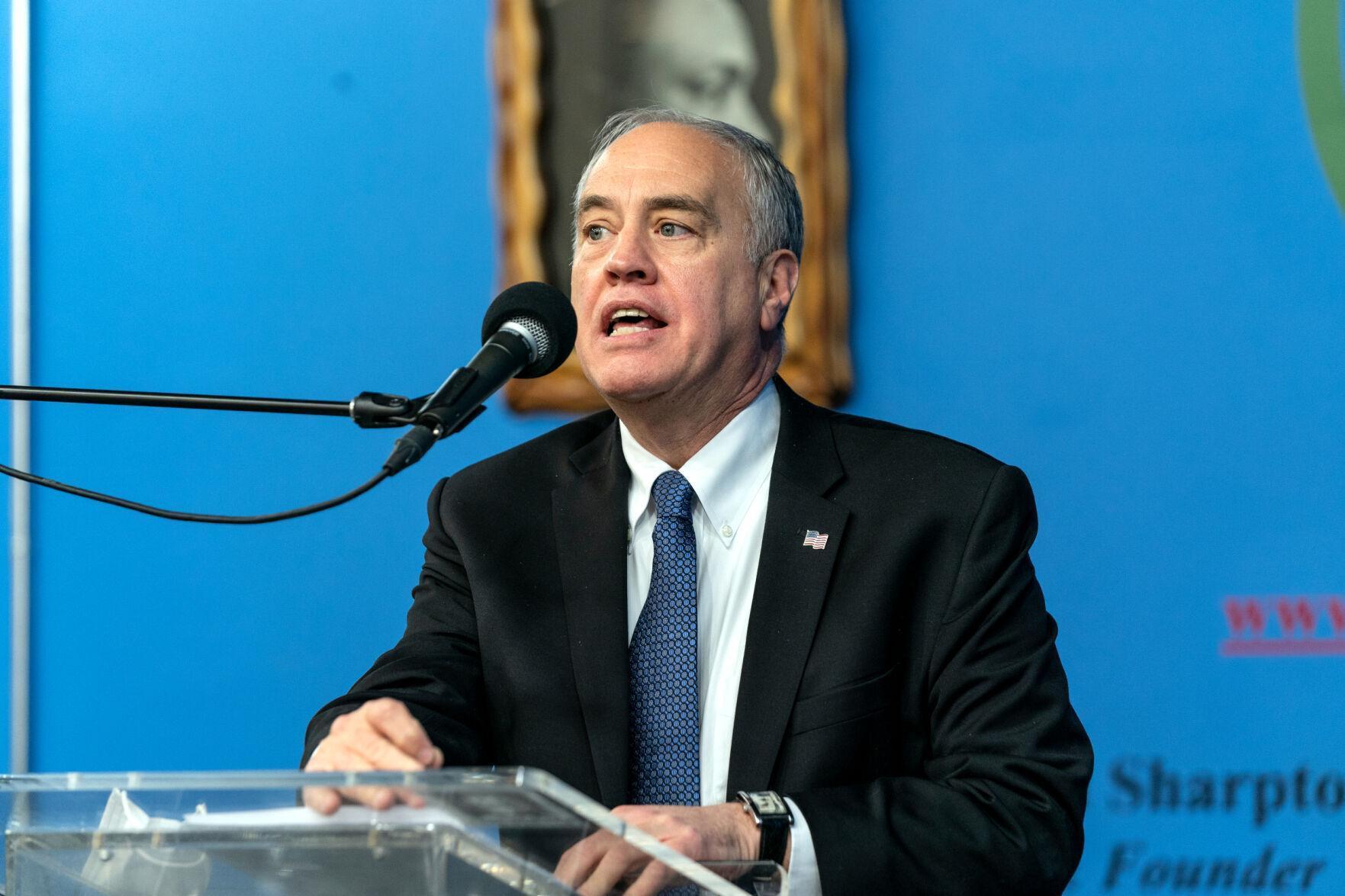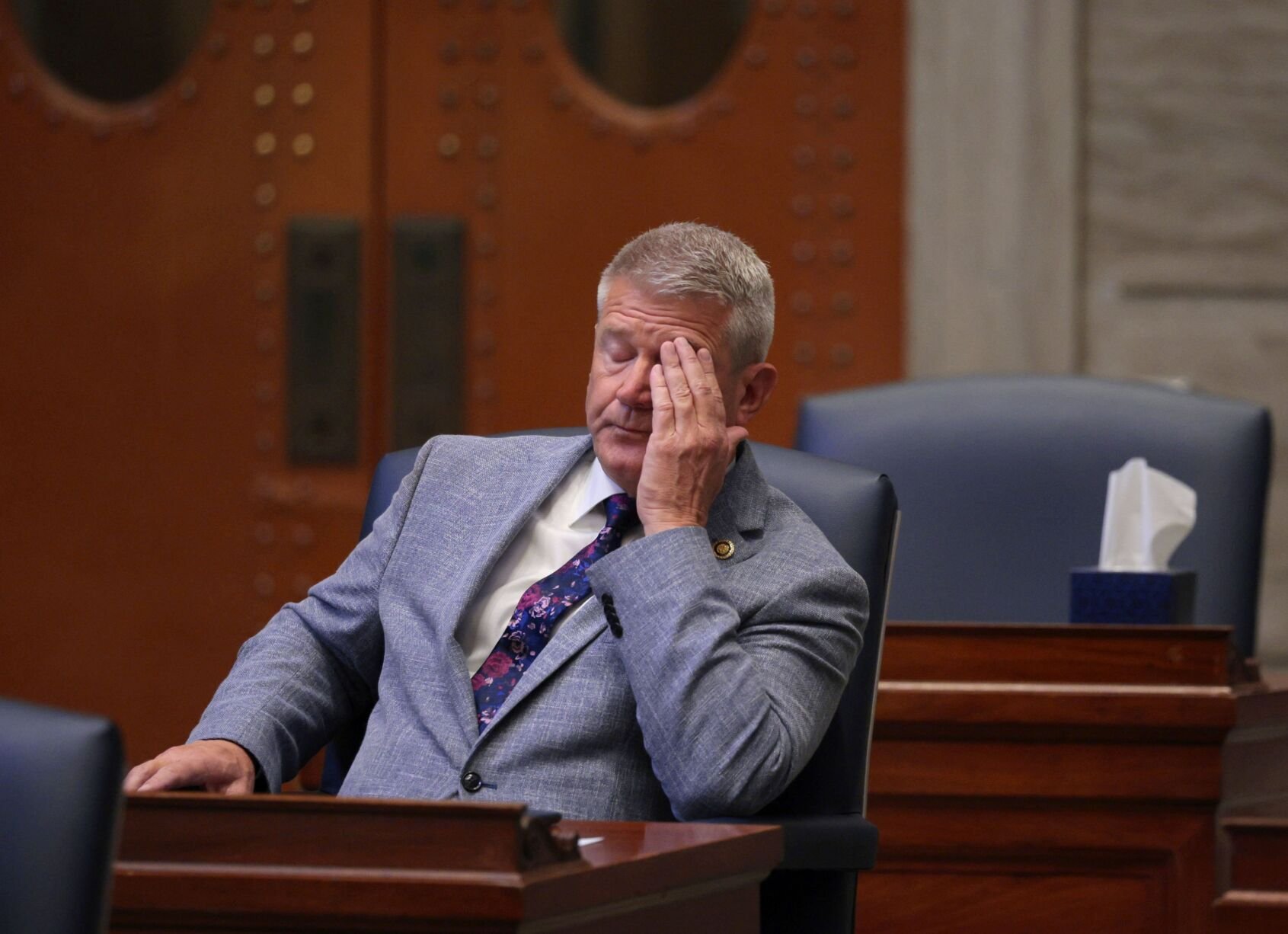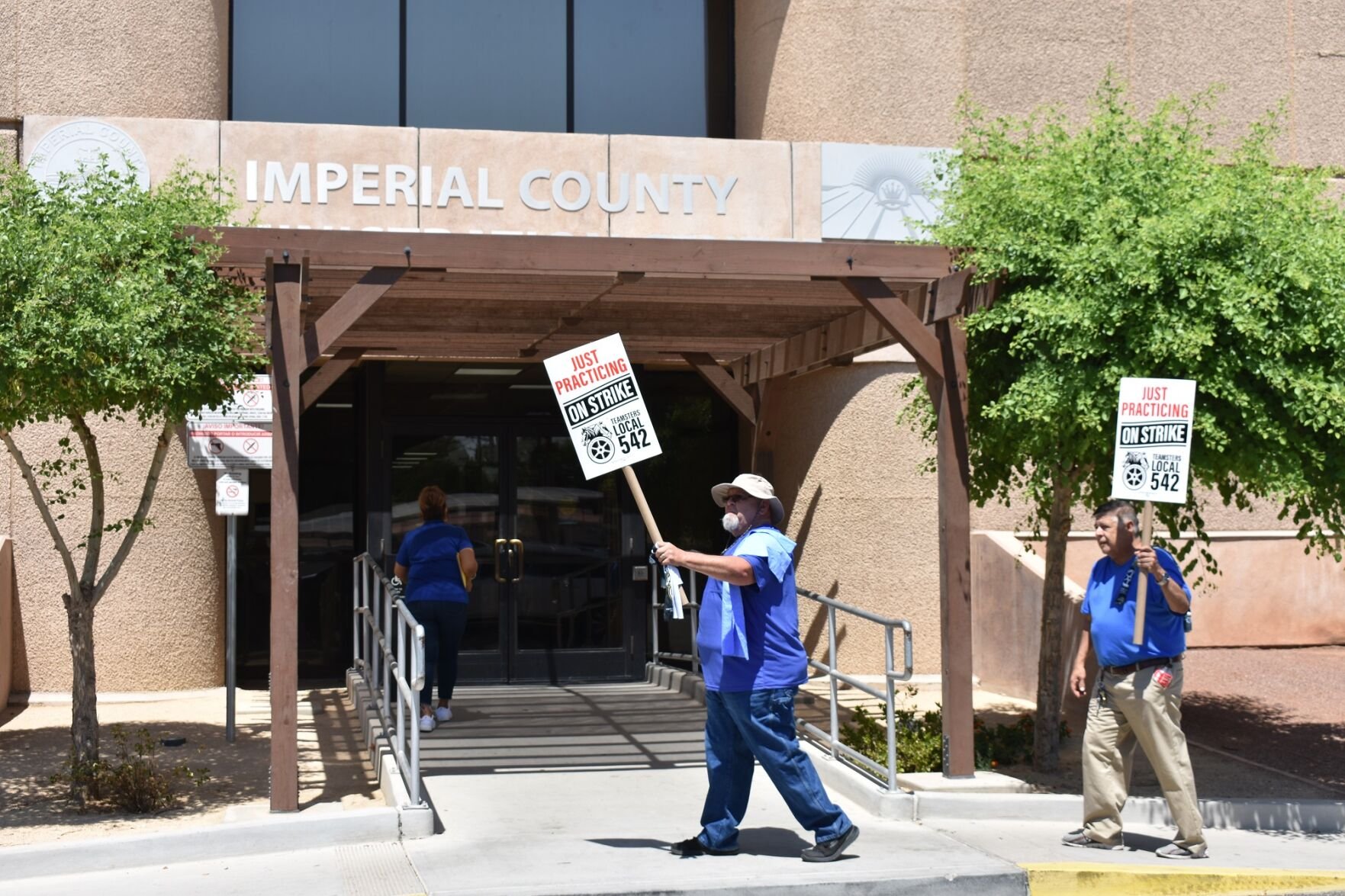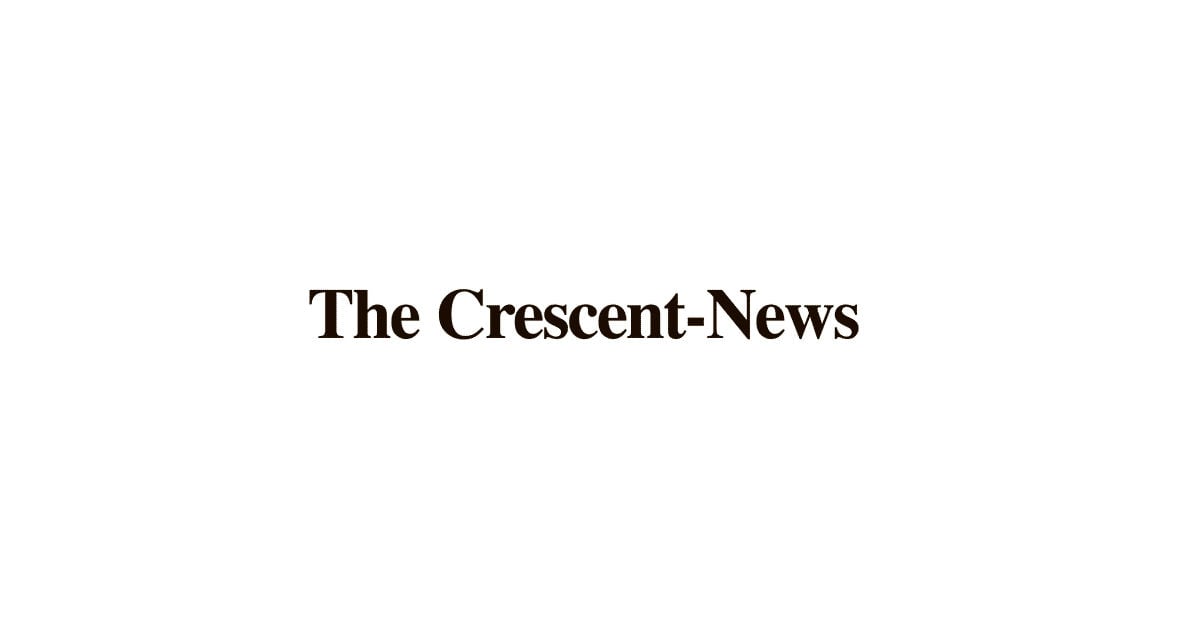New York State Comptroller Thomas P. DiNapoli warns that potential federal budget cuts could pose significant challenges to the state’s newly enacted $254 billion budget, emphasizing that “the stakes are high for New York if the cuts being discussed in Washington occur.”
State Comptroller releases analysis of enacted state budget

Key Takeaways:
- New York’s enacted budget for Fiscal Year 2025-26 is $254 billion.
- The budget represents a 5.2% increase in spending.
- Potential federal actions may alter state-federal relationships.
- Comptroller DiNapoli warns of challenges due to Congressional actions.
- “The stakes are high for New York if the cuts being discussed in Washington occur.”
New York’s $254 Billion Budget Under Federal Threat
New York State has enacted its budget for Fiscal Year 2025-26, projecting a total of $254 billion—a significant 5.2% increase in spending from the previous year. This ambitious plan underscores the state’s commitment to investing in critical areas and services for its residents.
Potential Impact of Federal Actions
However, recent developments at the federal level have raised concerns about the sustainability of this budget. New federal actions on funding and policy may change the relationship between the federal government and states like New York. Such shifts could have profound implications on how the state allocates resources and funds essential programs.
Comptroller DiNapoli’s Warning
State Comptroller Thomas P. DiNapoli has expressed apprehension regarding these potential federal changes. “The stakes are high for New York if the cuts being discussed in Washington occur,” DiNapoli stated in his report. He emphasized that actions already taken, along with possible Congressional decisions, may challenge the recently enacted state budget in the months ahead.
Challenges on the Horizon
The looming federal budget cuts could force New York to reassess its spending priorities. With a significant portion of state funding tied to federal allocations, reductions could impact everything from healthcare and education to infrastructure projects. The uncertainty necessitates cautious planning and the exploration of contingency measures.
Preparing for Uncertainty
DiNapoli’s analysis suggests that proactive measures are essential to mitigate potential adverse effects. The state must monitor federal developments closely and stand ready to adjust its financial strategies accordingly. Collaboration between state and federal officials may also play a crucial role in navigating these challenges.
Conclusion
As New York moves forward with its $254 billion budget, the potential for federal cuts serves as a critical reminder of the interconnectedness between state and federal fiscal policies. The coming months will be pivotal in determining how the state adapts to these external pressures while striving to meet the needs of its citizens.











